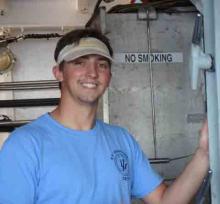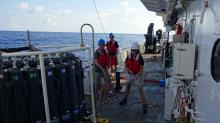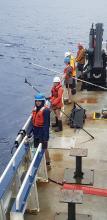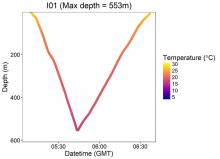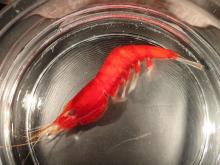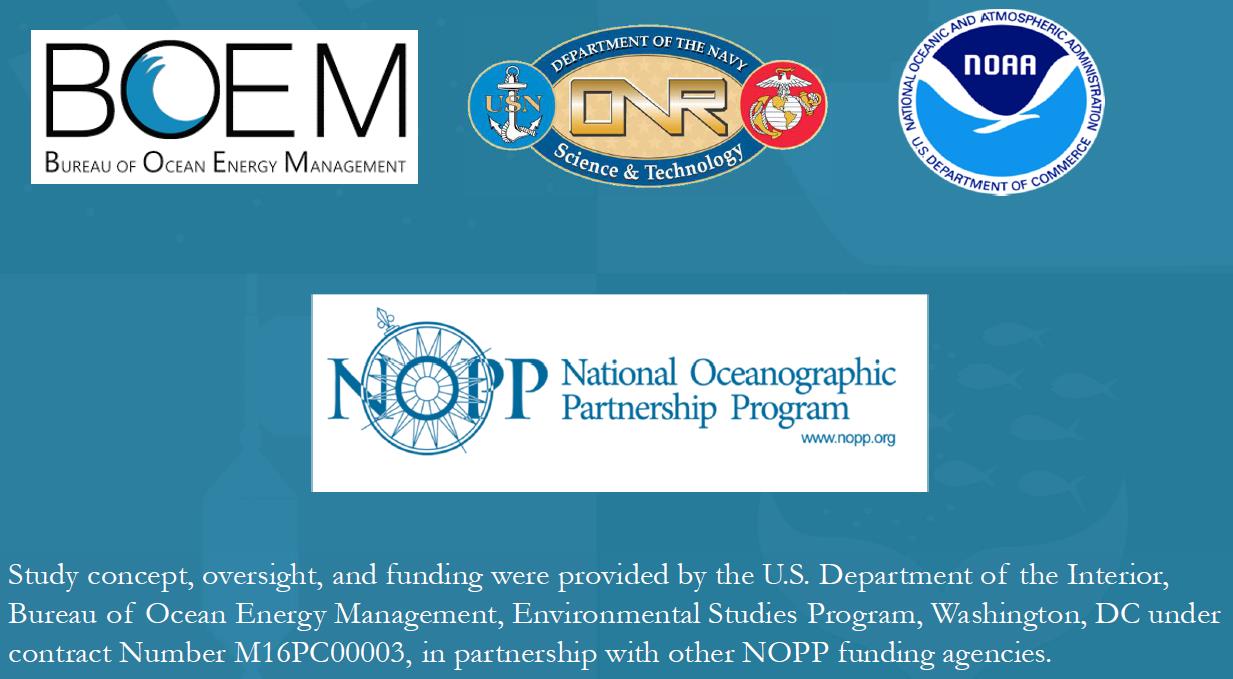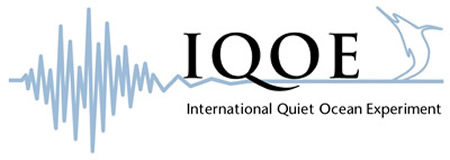You Can’t Squeeze Blood from a Stone
Happy Father’s Day from the middle of the Atlantic Ocean!
Finding the lander
Catching metadata . . . .
It’s Pete from the night shift here to talk about shrimp!
Hello from Madison on the R/V Endeavor!
4am to 4pm with Andrew Heaney!
Hello, this is Andrew Heaney again; I last posted on this blog on June 7th. Quite a lot has happened since then; I have been working on both the day and night shifts, from 4 am to 4 pm. I can’t complain about the work itself nor the schedule. In the night shift, when Joe and the other night shift people deploy their nets, I help with writing down information on a clipboard and basically help everyone in the lab. The most interesting things we see, however, in my personal opinion at least, are the awesome little deep sea critters we catch in the nets!
Bandwing flyingfish and megalops-stage crab larva - Oh My!!
Hannah Blair Blog 14 June 2018
Hello again from the night shift. We completed our third night of zooplankton towing last night, and while retrieving the net were accompanied by an energetic school of bandwing flyingfish. Turns out they had good reason for their leaping and gliding above the surface of the water: a pod of rough-toothed dolphins emerged from the dark ocean around us, eagerly chasing after flying fish snacks. A couple of the flyingfish stranded themselves on deck, allowing us a closer look.
Sacrificial Anodes
Pagination
- Previous page
- Page 11
- Next page
Copyright 2016 · All rights reserved

